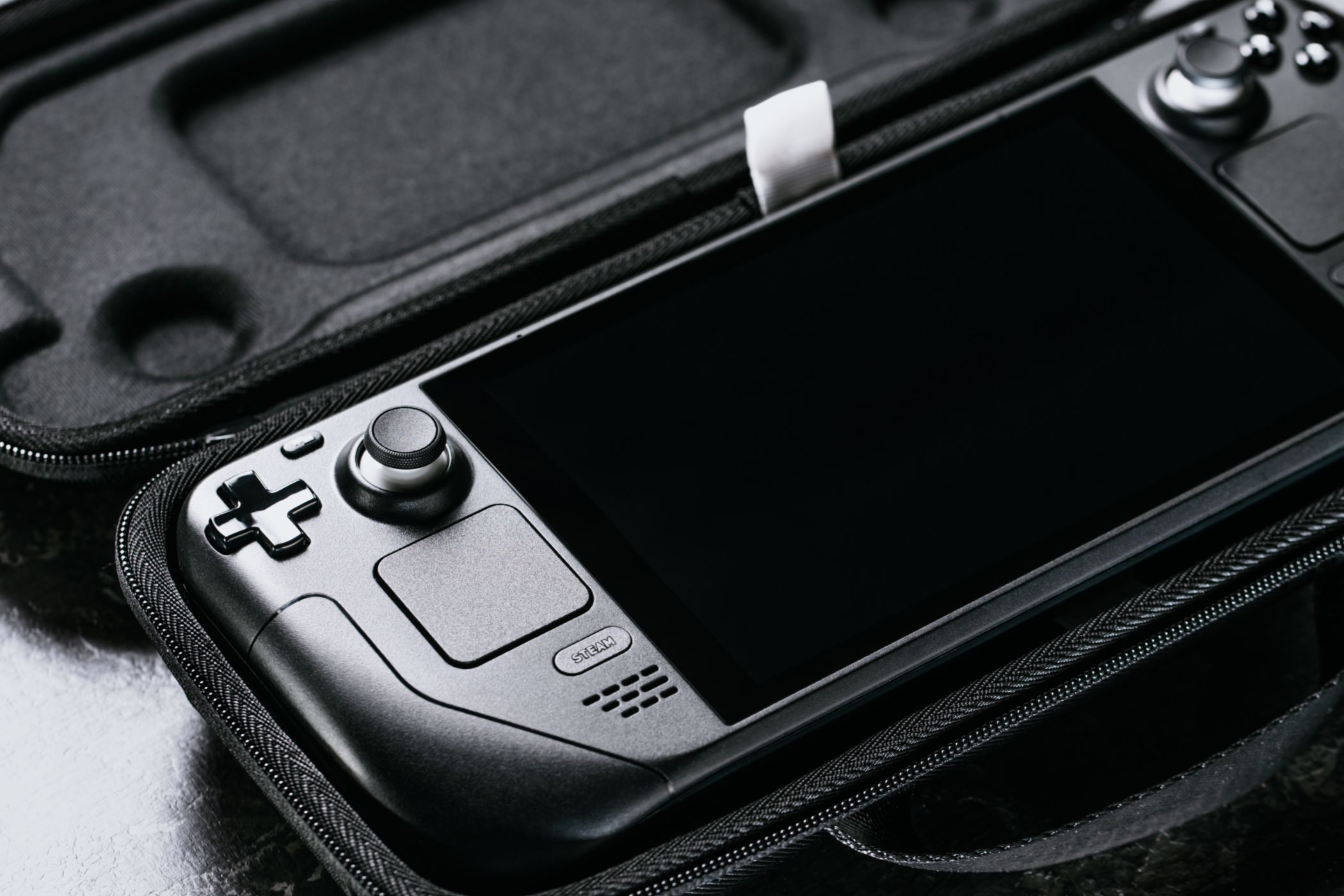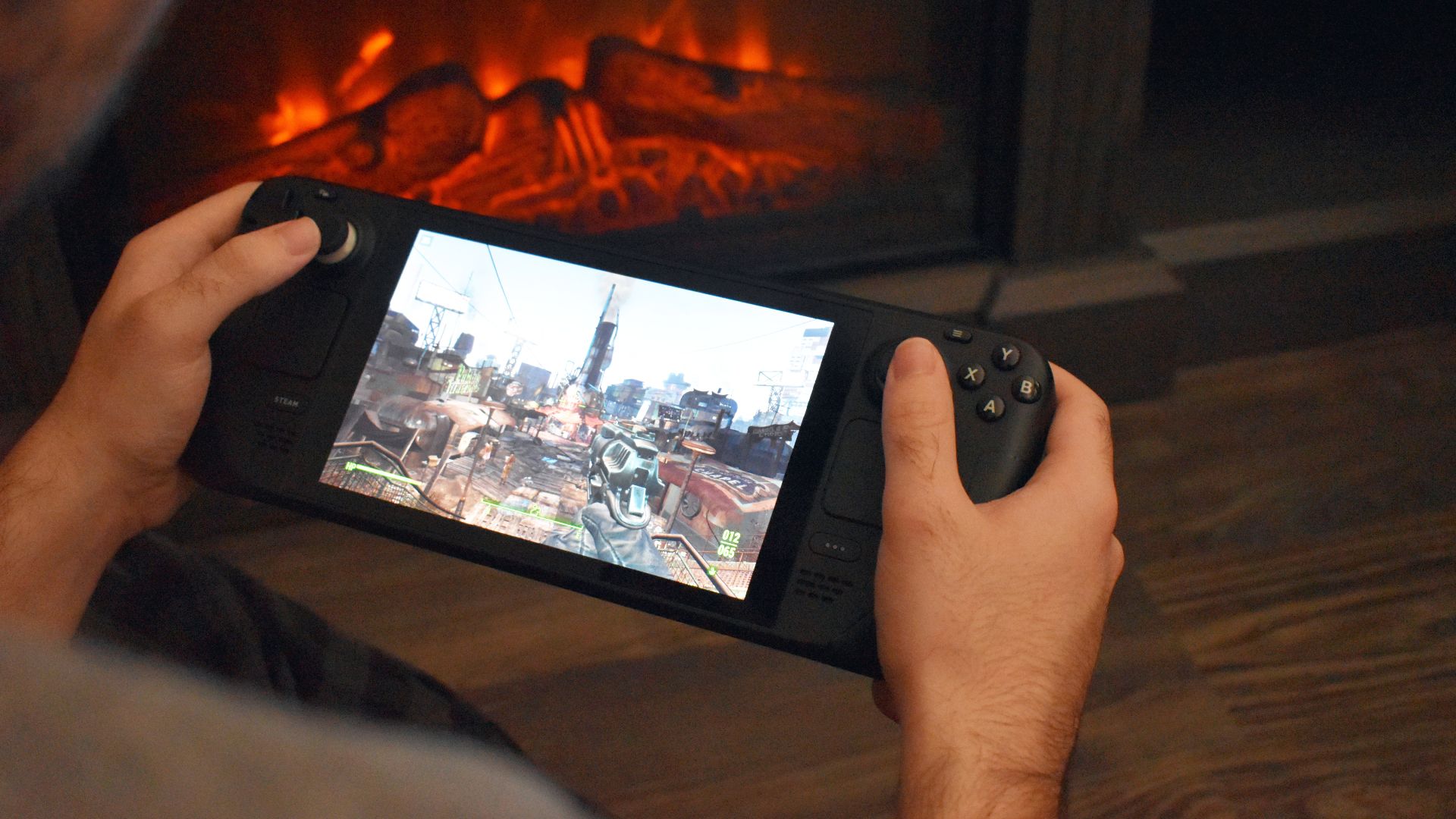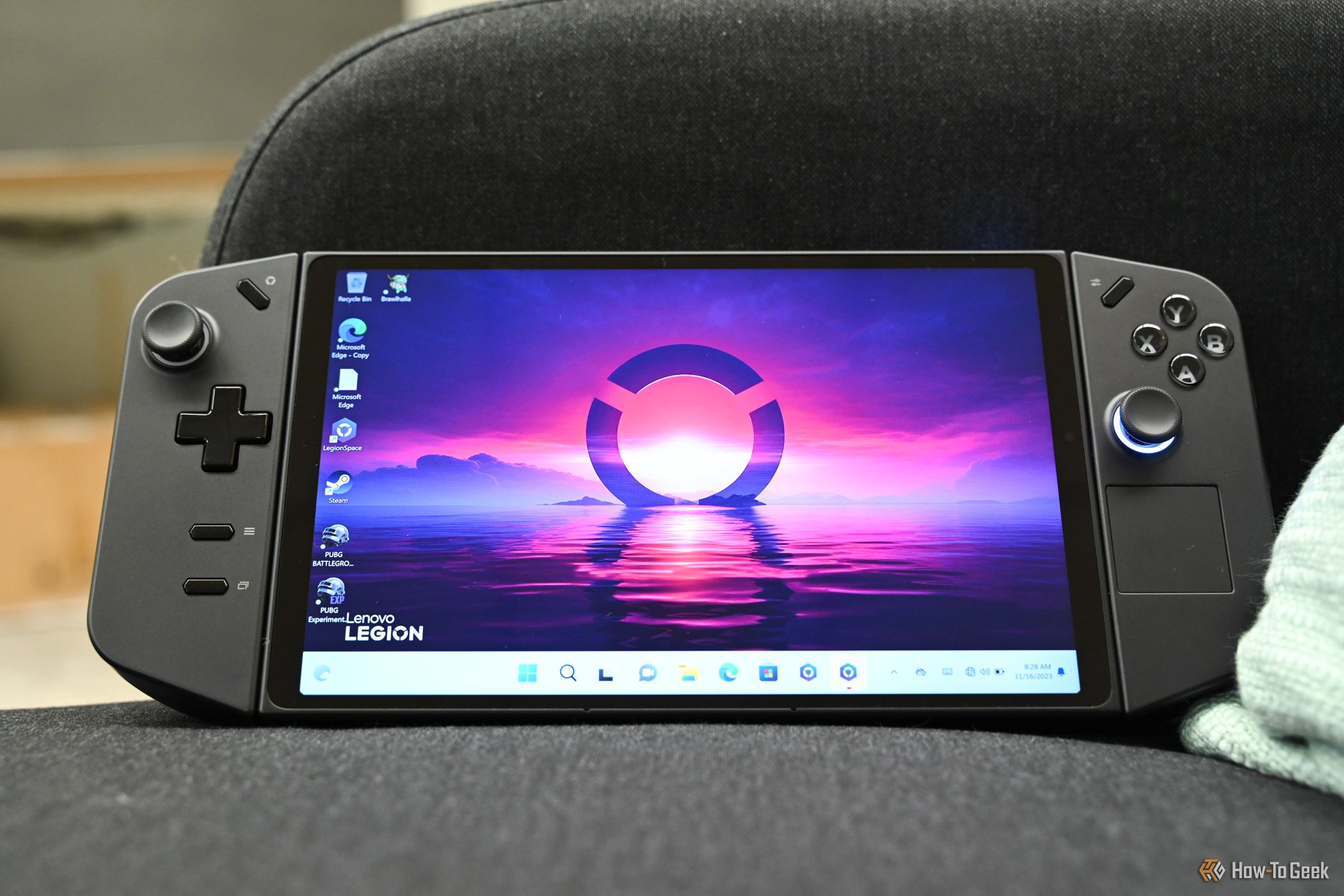Since its debut, Valve’s Steam Deck has dominated the handheld PC gaming scene. Many competitors have claimed to be Steam Deck killers, more than capable of usurping the throne, but they’ve all failed. If any device is going to be a true Steam Deck Killer, it’ll need all the following features.
1 A Price to Match the Steam Deck
Forget about specs. Forget about ergonomics. Forget about software. All of those things are important, but of everything that makes the Steam Deck so popular, it’s affordability. When you’re deciding what you want to buy in a competitive field, the ultimate deciding factor is what you can afford, and the Steam Deck is the most affordable.
The Steam Deck OLED starts at approximately $549. The ROG Ally X starts at $800. The Lenovo Legion Go starts at $680. Some of the Steam Deck’s competitors do actually have an edge in specs, but they are often not enough to warrant the increased price. The Steam Deck is affordable enough to be accessible to anyone if they just save money for a little bit.
Until a competitor can do everything the Steam Deck does at a similar price point, there will not be a Steam Deck killer.
2 A Suspend Gameplay Feature
Many gaming platforms have this feature today. With the Switch or the Xbox Series X, for instance, you can turn off the console and put it into a sleep state, which will suspend your active game. You can turn the console back on and pick up right where you left off. The Steam Deck also has this feature and any Steam Deck killer will need it too.
After all, one of the most appealing features of the Steam Deck is the ability to play your games on the go, even if you have a busy life. You don’t always have the time to make sure you reach a good stopping point in your game before going about your business. A good mobile gaming platform needs a suspend gameplay feature to really embrace portability. There are some Steam Deck competitors that have this feature, but just as many of them do not.
3 User-Friendly Software
How easy is it to navigate your favorite gaming platform? Does it feel intuitive? Are you constantly fighting against the software to get what you want, or is it effortless? This is a big selling point of the Steam Deck: its software feels tailor-made. It’s simple and easy to use, with a UI that feels like it was designed to work with joysticks.
It’s a bigger issue than you think. Many Steam Deck competitors just slap some ordinary Windows software on their platforms. Try to imagine navigating your Windows OS without a mouse or a keyboard. Using joysticks for that is just awful. There are some good reasons to install Windows on a Steam Deck, but you don’t want that to be the native OS for your handheld gaming PC.
Any competitor that wants to dethrone the Steam Deck will need a user experience as smooth and intuitive as the Steam Deck. Everybody likes convenience. Nobody likes hassle. Of course, you can turn a Windows handheld into a pseudo-Steam Deck using Bazzite, but that’s an extra step you don’t have at all with the Steam Deck.
4 A Bigger Screen Size
Admittedly, there actually are lots of Steam Deck competitors with bigger screens. The Lenovo Legion Go is a pretty hefty 8.8 inches, compared to the Steam Deck’s 7 inches. So there are already competitors out there beating the Steam Deck on this. But the Legion Go is also $100 more expensive than the Steam Deck, which is the real issue.
There might be some competitors out there trouncing the Steam Deck on screen size, but it all comes back around to price. You have to feel like the advantages of those other competitors are worth the increased asking price, and they often aren’t. I might enjoy a bigger screen with the Legion Go, but enough to shell out $680 instead of $549? Not really.
Unless it is monumentally superior to the Steam Deck in several meaningful ways, my ideal Steam Deck killer would still need to be much closer to the champion in price. Still, this is one area where the Steam Deck is behind some of the competition, so there’s room to capitalize on it if a manufacturer sees the opening for what it is.
5 Reliable Support Systems
This is something many people don’t think about until they have to. If there is an issue with your product, how easy is it to get in contact with someone who can fix it? If you need to replace a part, how simple is it to make that happen? When something goes wrong with your product, you want to be able to contact the manufacturer and get a simple solution right away.
The Steam Deck has this. You can get in contact with Valve at any time. They will respond to you, they will do their best to fix your problem, and you can bet they have replacement parts to send you if your device is under warranty. Not only that, but the Steam Deck receives constant updates from Valve.
The competition is a lot spottier in this regard. I’m not saying that every other company will hang you out to dry, but you aren’t going to get the same support network for an Aya Neo Pro that you will with a Steam Deck. This is one of those soft factors that adds unseen value to the Steam Deck: every device can have an issue at some point, and how easy it is to get help fixing it is huge.
6 The Specs for 60 FPS
Now this is where a Steam Deck killer can really shine. The Steam Deck is affordable, but it’s not the most powerful option on the market. It can struggle to get some games above 40 FPS at max settings. Some improvements over the Steam Deck are marginal and not worth the cost, but there’s a significant difference between playing a game at 40 FPS and 60 FPS.
The thing is, there are already competitors out there who can run games at 60 FPS that the Steam Deck can’t. So why haven’t they ascended to the throne already? Well, frames aren’t everything. How good a gaming platform is depends on multiple factors all rolled up into one experience. Just because you shine in one particular area doesn’t mean you’re a good overall system.
Think back to our earlier sections. If you can run a game at 60 FPS, but the software sucks to use, is it worth it? Would you trade a robust support network for 60 FPS? As nice as 60 FPS might be, would you be willing to pay almost double the price of a Steam Deck to get it? This is why these competitors are still falling behind.
7 Comparable Battery Life
There are many areas where the Steam Deck shines compared to the competition, but battery life is one of the most notable. The simple reality is that the Steam Deck will consistently provide more hours of playtime on one battery charge, especially if you are playing games that aren’t as demanding.
Of course, it all depends on what games you are playing and what settings you are running them at. If you’re playing a brand-new AAA game at the highest possible settings, the Steam Deck probably won’t give you much extra game time compared to anything else. But if you tone down the settings or play less demanding games in general, the Steam Deck can often get you several extra hours of fun.
That said, the recently announced Z2 Extreme chip from AMD could change the scene next year. Both the Legion Go and ROG Ally X currently use the Z1, so they’ll likely upgrade to the Z2 when it releases next year, at which point they might compare with the Steam Deck’s battery life while providing significantly more performance. That would be a step in the right direction, but for now, we can only speculate.
If there’s ever going to be a Steam Deck killer, it’ll need more than one superior feature. It’ll need everything I’ve mentioned here to have a chance. It’ll need to exceed the Steam Deck in all of these areas while being roughly the same price, and honestly, I just don’t see that happening anytime soon. Still, I’m holding out hope that something amazing can take the throne one day.








